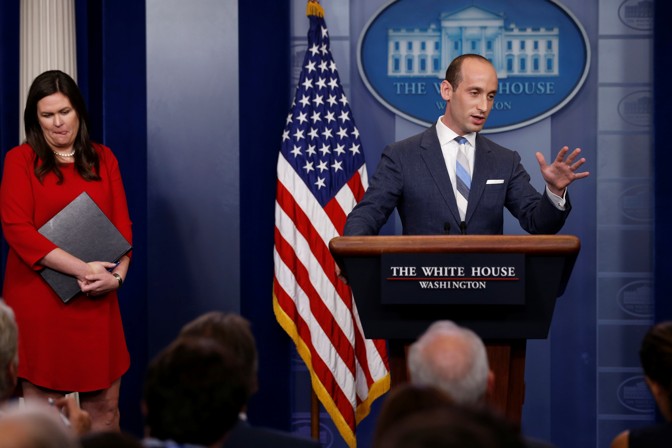What Happened to Separated Families

Every now and then over the past few years, I’ve thought of the separated families by Trump’s first bought of ethnic cleansing and wondered why we didn’t hear more from the Biden administration about trying to fix this, or even what had happened. The answer it turned out is that no one in power really cared.
In summer 2017, the Trump administration began quietly separating families at the US-Mexico border. Under the “zero-tolerance” policy formally announced months later, federal immigration authorities removed children as young as four months old from parents or adults who were seeking asylum. The administration didn’t announce any plans for reunification.
As Trump 2.0 grows closer and closer, so does the unease of the lawyers and advocates who have spent years locating, representing and reuniting these families. Organizations Justice in Motion, Kids in Need of Defense and the Women’s Refugee Commission, along with the global private law firm Paul, Weiss, Rifkind, Wharton & Garrison LLP, formed a court-appointed steering committee after the American Civil Liberties Union (ACLU) filed the 2018 class action lawsuit Ms L v US Immigration and Customs Enforcement to stop separations at the southern border. While a judge halted Trump’s policy, some families still remain separated.
How many are still apart is a mystery. “Given the lack of records, it’s impossible to know precisely how many families remain separated,” said Lee Gelernt, lead attorney in the Ms L litigation and a deputy director of the ACLU’s Immigrants’ Rights Project. “We think there may be around a thousand families or more that we can’t confirm have been reunited.”
The murkiness regarding the number of still separated families continued under the Biden administration, which in February 2021 established a taskforce on family reunification through executive order 14011. To date, the taskforce has identified 4,728 families that were previously separated. However, past Biden administration estimates put that figure as high as 5,500.
Joe Biden’s executive order directed the family reunification taskforce to provide interim progress reports every 60 days. Only one was released in 2024 and according to that April report, of the known number of family separations, there are “1,360 children without confirmed reunifications”. These are overwhelmingly children living in the US with sponsors, who might be relatives living in the US or foster parents assigned by the government and adoption agencies such as Bethany Christian Services.
….
While the idea of using DNA to reunite families attracted some attention after Huston and her colleagues published a paper on the subject, the proposal didn’t gain any traction within the Biden administration. And according to attorneys on the ground, most of whom expressed serious privacy concerns regarding the use of DNA, there is also no real need for a DNA bank. Among known cases, there are currently no instances in which a child is lost in the immigration system or it’s otherwise unclear who their family is. In fact, Gelernt told the Guardian that DNA has been a “crucial tool” throughout Ms L, though “to rebut claims by the government that the adult [in the case] was a trafficker and not in fact the parent”. Indeed, Republicans are currently pushing a bill that would mandate DNA testing at the border, arguing that asylum seekers travel with children who are not theirs in order to better their chances of gaining entrance into the US. Advocates say this legislation would only lead to more family separations in cases where family members and other caretakers are not the biological parents of the children they migrate with.
Donohoe said there were no quick options for reunifying the families who remain separated. Equally urgent is the fate of the families paroled into the US, who have not had the legal resources to request asylum, making them easy targets under the Trump administration when their parole expires or when they attend government-mandated check-in appointments. Many of these families came to the US to seek asylum. If deported, they face serious harm in home countries they fled.
“Once family separation was out of the headlines, for DHS and others, these families fell by the wayside,” Donohoe said. “I worry that after the first Trump administration, we’re desensitized as to the heinous things we allow happen to immigrants. As things ramp up under Trump again, will anyone even remember these families?”
Sure, it’s a huge human rights violation, but we have better things to worry about…..
Of course it will all get much worse now.


